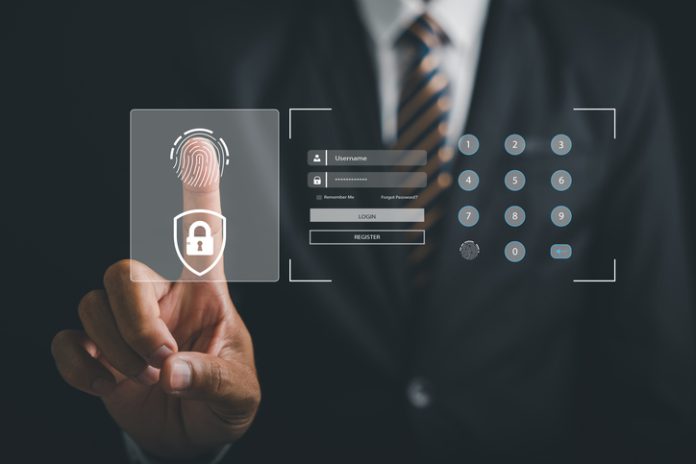Many articles discussing security-related business concerns rightfully highlight the evolving threats associated with the online community. While cyberattacks are very real, we need to remember that physical risks are just as profound. Businesses should always be concerned with on-site safeguards so that their premises remain safe at all times.
We are referring to much more than padlocks and key fobs in the sense. Thanks in large part to the Internet of Things (IoT), enterprises can now leverage numerous impressive options. This brings up a relevant question. What recent advancements have been made, and how can these positively impact ongoing business operations? Let’s examine just how far the industry has come.
Mobile Access Solutions
One interesting innovation that has recently come to light involves the role that smartphones are beginning to play in relation to access control. Firms such as Nedap Security Management now offer wireless technology that can be used to determine which individuals are capable of entering specific locations. This precludes the use of other methods such as keys or magnetic cards.
Biometric Security
Biometrics are also proving unique solutions when it comes to accessing sensitive areas. One of the main advantages of biometric security protocols is that they are tailored around the individual in question. Examples include (but may not be limited to) voice recognition, fingerprint scans, and even three-dimensional mapping of the iris within the eye. There is little doubt that biometrics will continue to advance at a breakneck pace.
Artificial Intelligence
Artificial intelligence (AI) has made recent headlines thanks to software platforms such as ChatGPT, and OpenAI. However, we need to remember that these systems are also present within the latest security systems. For instance, did you know that AI facial recognition software is capable of identifying individuals within a matter of seconds? There are also instances when these clever algorithms will flag suspicious behaviours; enabling security personnel to determine if they present any type of threat.
Perhaps the main takeaway point is that access control systems are hardly static in nature. What might work well today could become obsolete in the near future. This is why cutting-edge firms aim to remain well ahead of the industry curve.
Another important observation involves which solutions businesses choose to implement,. They will need to take several factors into account; pricing, coverage, and future upgrades are three relevant metrics. Either way, thwarting modern risks requires a host of innovative solutions.




































